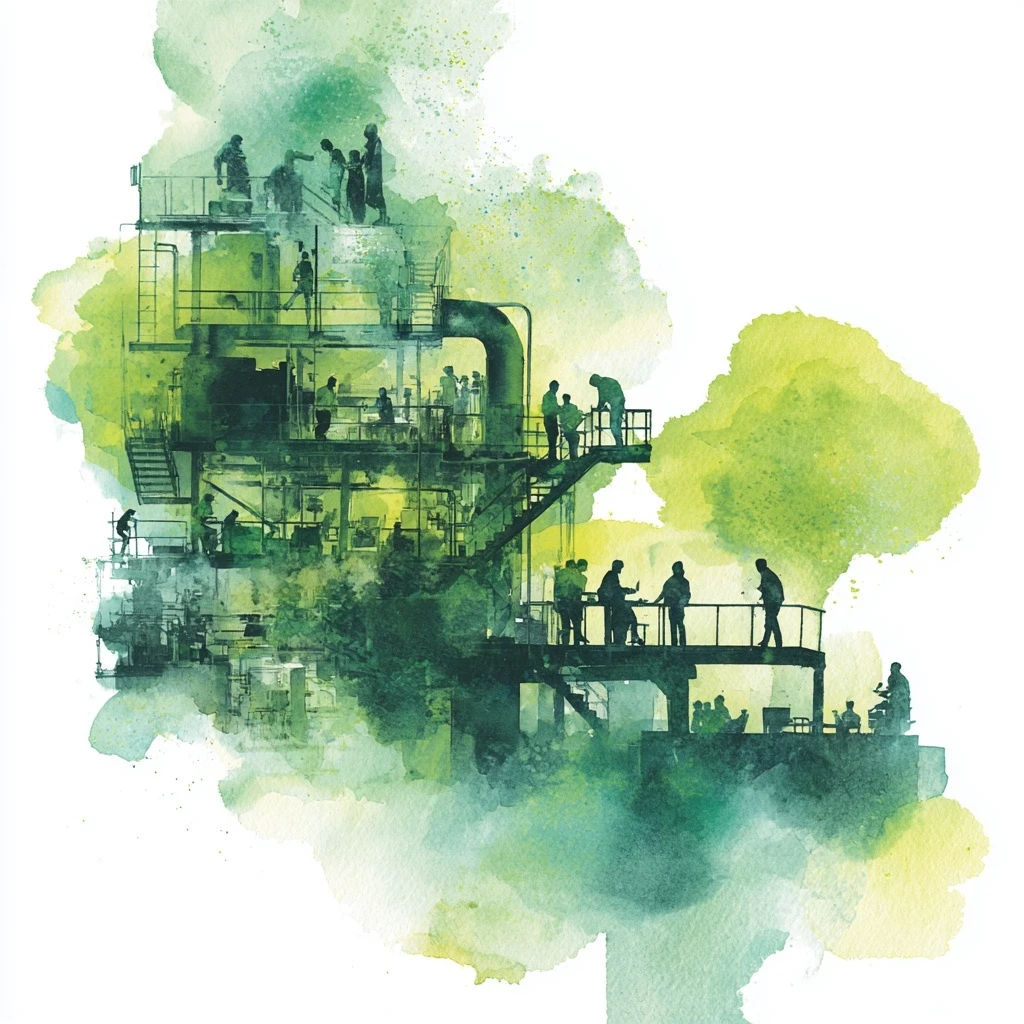A Playbook for Creating a Sustainable Continuous Improvement Capability: One Global Operator’s Personal Experience
Add bookmark
I have always had a passion for continuous improvement (aka "CI"). Learning how business processes work to improve operations is the cornerstone of running a highly effective business. After leading several organizations where we built a culture of continuous improvement, I thought others might benefit from my experiences and perspectives.
1. Start with the old "WIFM" - What's in it for me?
I have always been perplexed by leaders who are not interested in supporting continuous improvement projects within their organization. In many ways, I have always viewed CI as an annuity. Once you establish a CI culture, it brings many rewards – improved customer experience, financial returns, professional development for team members, emotional fulfillment for individuals and innovative problem solving as a team – to name just a few. To help create a continuous improvement culture, I suggest starting with segmenting your organization and defining the value proposition for each stakeholder group.
2. The next question Is - Who should lead the charge?
While the journey will go faster if it starts with the CEO and executive suite, you can start with a key executive sponsor and a couple of functions too. As successes occur, others will notice. A few best practices and realizations I've learned:
- If the CEO makes it a goal for the executives to evangelize, the journey will go faster.
- Don't accept “we don't have time” …start small, prioritize and people will find time.
- Realize not everyone will get on board right away. That's ok. Success will breed interest and often the ground swell from employees will breed interest by other executives.
3. Once you have a leader, develop a group of CI Evangelists.
Like any effort, there needs to be a leader and group who are "cult-like" in their passion for CI. Their passion and energy are needed to move others to realize the CI culture isn't a flavor of the day. People need to know that no matter what happens, the CI culture will live on.
4. Tie CI to the company's strategy and goals.
Ideally, clearly connecting Continuous Improvement to the company's strategy year in and year out shows everyone its importance to the organization. It’s a journey that should never end. I suggest including CI as a plank or pillar in your corporate strategy and explain why it's important, how it helps the company reach its goals and meets customer needs. Further, explain how CI helps not only the organization but individuals as well.
5. Define CI for the Company.
Building a CI culture is challenging enough in a function but doing it globally and cross functionally brings even more complexity. I'd suggest starting with defining CI. First, let's talk about what CI isn't. It's not straight up cost cutting. There's no improvement in the business operations by merely cutting the budget or reducing a future budget forecast. Next, a purist might say CI is, by definition, a small incremental change. Others might take a broader definition. I prefer a big tent approach to defining CI to bring as many people into the journey as possible - a process improvement whether a small improvement to a business form or an end-to-end process improvement are all CI for purposes of a simple, broad all-inclusive definition.
6. Name it, brand it.
Some companies prefer to name or brand their CI initiative and methodology. While "CI" is a straightforward name, it can be viewed as too generic for broader marketing and branding efforts. I personally like the idea of tailoring the name to the organization but at the end of the day, do what fits your company as long as it's used globally consistently. The more important goal is to have everyone speak the same language.
7. Another decision to make early…. belts or not belts?
Personally, I don't care about the belt concept. Yellow belt. Green belt. Black belt. To me, the belt system can bring overhead of administration and can lead to a feeling of haves and have nots. Furthermore, just because someone has a belt doesn’t mean they can apply the tools. I prefer to focus on training and coaching team members to leverage and apply the tools of the trade to show they understand how to use them to solve business problems.
Next Month - The CI Ecosystem. You need more than training to build a CI Culture.



























